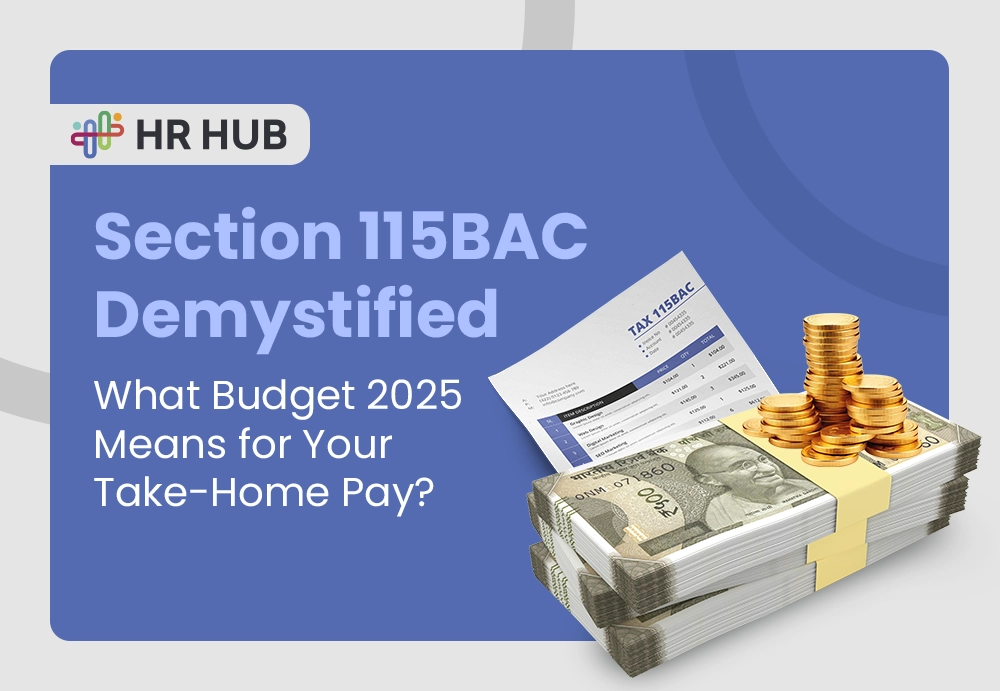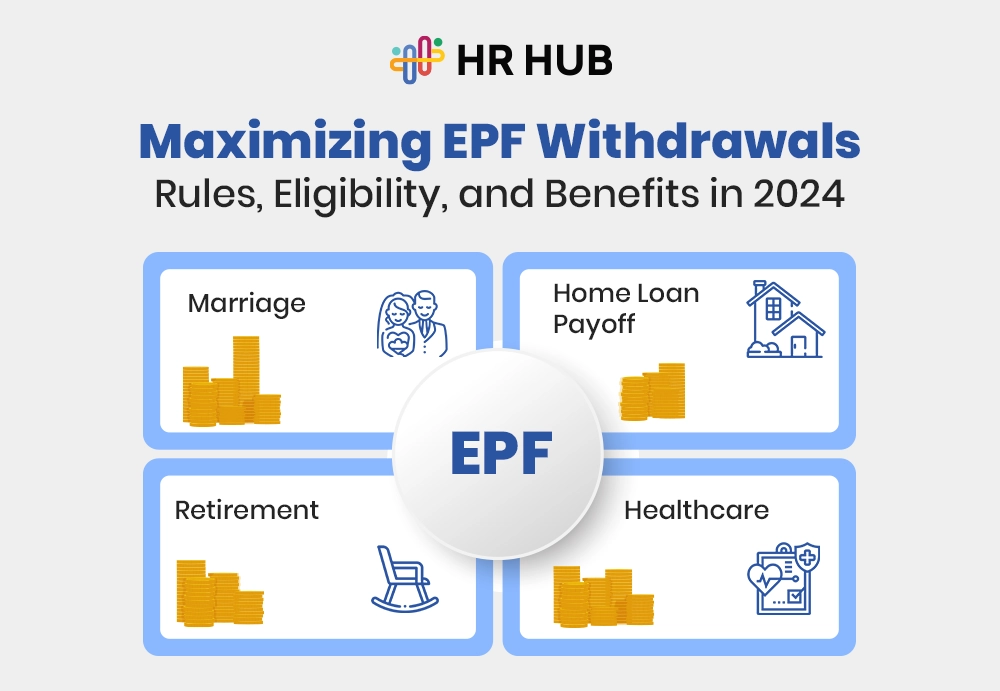


This site uses cookies to deliver our services. By using our site, you acknowledge that you have read and understand our Cookie Policy. Your use of HR HUB's services is subject to these policies.

Audits. Deadlines. Surprise inspections. Missing files. For many businesses in India, these aren’t just words—they’re triggers. Compliance in the Indian landscape might not be glamorous, but it’s the quiet backbone of sustainable growth.
Yet most companies still handle it like they did a decade ago: spreadsheets, folders, and frantic email chains.
And here's the hard truth:
Manual audits were built for a simpler world. That world doesn’t exist anymore.
In today’s complex Indian regulatory landscape—where labour laws, PF/ESI rules, GST deadlines, and data privacy mandates shift every quarter—relying on outdated compliance methods isn’t just inefficient—it’s dangerous.
So let’s dig into the reality of modern compliance in India:
Let’s begin by defining our battleground.
Compliance in 2025 isn’t a static checklist. It’s a living, breathing organism that evolves with:
What used to be a once-a-year HR ritual has now become a full-scale, cross-departmental responsibility.
Here’s what “compliance” really covers in today’s business environment:
Every department is accountable. And every missed deadline, unsigned document, or unaddressed policy update can come back to haunt you legally.
Let’s make this visceral—because this is where many companies stumble, lose money, credibility, and sometimes their future. Non-compliance doesn’t always hit immediately. Sometimes, the damage festers quietly before exploding into a full-blown crisis.
This is the most visible cost of non-compliance, but it's rarely the most damaging. Regulatory fines are steep, often compounding by the day or by headcount.
For startups trying to scale or enterprises managing multiple locations, even one oversight can snowball into months of financial damage.
Non-compliance isn't just a finance problem—it can stop your business from operating.
With laws such as GDPR, DPDPA, and ISO 27001 in effect, companies must maintain strict control over personal data. One mishandled database or an unauthorized email blast containing customer information can trigger:
Data security is now considered a compliance domain—not just an IT concern.
You never see these coming—and that’s the point.
Government bodies, such as the PF Department, Labor Commissioner’s Office, GST Authorities, and Disaster Management Teams, conduct random inspections to assess regulatory adherence.
If your documentation is scattered, unverified, or outdated:
This leads to either heavy fines or mandates to immediately fix the gaps under scrutiny.
Poor compliance silently erodes employee confidence.
Eventually, your best employees leave. The ones who stay are disengaged. And your ability to hire top talent suffers as word gets out.
For decades, manual audits and human-led tracking have been the default—and for some, they remain effective.
This feels familiar, low-cost, and “hands-on.”
But in today’s regulatory climate, this approach is collapsing under its weight.
For everyone else, manual systems cause more harm than help.
Your system revolves around individual memory and follow-up. The process is fragile—one HR manager is on leave, and the whole compliance trail is incomplete.
People move on, emails get lost, and spreadsheets break. There's no institutional memory or accountability.
You’re always looking at a rearview mirror. Whether it’s policy acknowledgments, tax proofs, or contract expiry—everything is reactive.
By the time you discover a lapse, you’re either in the middle of a crisis or past the point of damage control.
Each department stores its version of compliance:
Come audit time, finding the latest version of anything becomes a treasure hunt—with no map.
The same task is repeated every cycle, wasting hours that could be spent on actual planning or improvement.
Policies evolve. Rules get updated. But with manual systems, employees may sign outdated policies—or you may lose track of who signed what version.
And in a legal dispute, this becomes indefensible.
Audit season feels like a storm:
It’s not just inefficient. It’s unsustainable.
Modern compliance is complex, fast-moving, and unforgiving. Compliance management software isn’t just a digital filing cabinet—it’s a centralized control system that automates, monitors, and safeguards your organization’s regulatory responsibilities in real time.
Here’s how it transforms your compliance operations:
Track the status of every policy, form, document, or task—across teams, branches, and timelines. Know what’s missing, what’s due, and what’s done without chasing anyone.
Create rule-based workflows that automatically assign tasks, send reminders, escalate delays, and handle recurring cycles, such as POSH training, tax declarations, or contract renewals—without requiring manual follow-ups.
Securely store all policies, contracts, forms, and certifications in one place with role-based access, e-signature tracking, version history, and audit logs. Nothing gets lost or overwritten.
Generate comprehensive audit reports—acknowledgment trails, compliance checklists, filing history—on demand. Audits no longer require firefighting; they become plug-and-play.
Analyze gaps, track trends, and identify repeat issues. Understand which departments need support and which policies aren’t working—so you can improve proactively
Configure country-, state-, or industry-specific compliance rules—whether it’s PF/ESI in India, GDPR in the EU, HIPAA in healthcare, or ISO 27001 for IT security.
Compliance isn’t the same for every business. A healthcare clinic doesn’t manage risk the same way a software company does. A retail outlet’s obligations differ from those of an IT consultancy. That’s why modern compliance management software isn’t built as a one-size-fits-all tool—it’s designed to adapt, scale, and deliver industry-specific solutions.
Let’s explore how it solves real problems in four key industries:
For HR teams, compliance isn’t abstract—it’s embedded in every employee touchpoint. From the moment a candidate signs their offer to their final day of exit, every form, policy, and process carries legal weight.
What the software does for HR teams:
Why it matters: No more tracking compliance manually across spreadsheets and emails. The HR team gets time back, employees get transparency, and audits become painless.
Financial compliance is time-bound and documentation-heavy. Missing a single date—whether it’s TDS, GST, or investment declaration—can trigger cascading penalties. And unlike creative projects, there’s no margin for error.
What the software does for finance teams:
Why it matters: Your finance team no longer works under stress or uncertainty. Everything is centralized, time-stamped, and audit-ready—with zero manual follow-ups.
In healthcare, compliance extends beyond just paperwork. It’s about safety, ethics, and lives. Non-compliance can lead to license suspension, lawsuits, and irreversible harm.
What the software does for healthcare operations:
Why it matters: Whether it’s a nurse missing training or a doctor failing to sign a confidentiality clause, the software ensures everything is monitored and nothing slips through the cracks.
Tech companies operate in high-stakes, fast-moving environments where clients, partners, and regulators demand rigorous evidence of security and compliance. Losing even one file—or missing one audit—can result in the loss of future contracts.
What the software does for IT and SaaS teams:
Why it matters: Compliance becomes an asset—something you show off in RFPs and audits, not something you scramble to assemble. The software supports trust at scale.
In manufacturing, compliance is directly tied to safety, labor practices, and environmental impact. From machinery certifications to worker safety training, every non-compliant action can lead to fines, shutdowns, or serious accidents.
What the software does for manufacturers:
Why it matters: With automated compliance tracking, manufacturing leaders prevent disruptions, ensure workplace safety, and stay up-to-date with government regulations—all while reducing paperwork overhead.
Schools, universities, and EdTech platforms face increasing scrutiny—from academic boards, data regulators, and even parents. Ensuring legal compliance across admissions, faculty contracts, content licenses, and data privacy is no longer optional.
What the software does for education providers:
Why it matters: Institutions gain control over sprawling documentation, prove compliance for affiliations or audits, and build trust with students, parents, and faculty alike.
HR HUB is a powerful example of how compliance management software can transform operations across industries.
Whether you’re a growing startup or a multi-location enterprise, HR HUB acts as a one-stop solution for all your payroll and statutory compliance needs—including PF, ESI, TDS, Form 16, POSH, DEI, and more.
It’s designed to support India-specific regulations and can be customized for country-specific compliance frameworks like DPDPA, GDPR, or ISO standards.
With HR HUB, compliance isn’t just automated—it’s future-ready.
No—and that’s the point.
Modern software adapts to:
Want just HR compliance? Use that module. Want full-scale governance with risk scoring? Enable more layers.
It’s not about doing everything. It’s about doing your compliance right.
You didn’t start your business to memorize tax codes or chase policy acknowledgments. But you do want to stay protected, prepared, and proactive.
That’s what smart compliance software does—it gives your team time back, gives your business confidence, and gives your auditors exactly what they want.
If you're serious about creating a compliance-first culture without overwhelming your team, HR HUB might just be the solution you’re looking for.
Here’s what makes it stand out:
It’s like having a virtual compliance officer inside your HRMS—always awake, always accurate.
Manual audits were never built for speed, scale, or complexity.
They were born in a world of filing cabinets and fixed laws.
But your world isn’t fixed anymore—it’s fluid, fast, and filled with compliance landmines.
The only way forward?
Trade in the Excel sheets. Automate the routine. Get proactive. Stay compliant.
Because in 2025, the question isn’t “Can we afford compliance software?” It’s: “Can we afford the risk of not using it?”
And if you're ready to take that leap, HR HUB is here to make it seamless.



Ready to streamline your HR processes? Contact us today to learn how HR HUB can help your organization thrive. Fill out the form, and one of our experts will reply shortly. Let's empower your workforce together!
